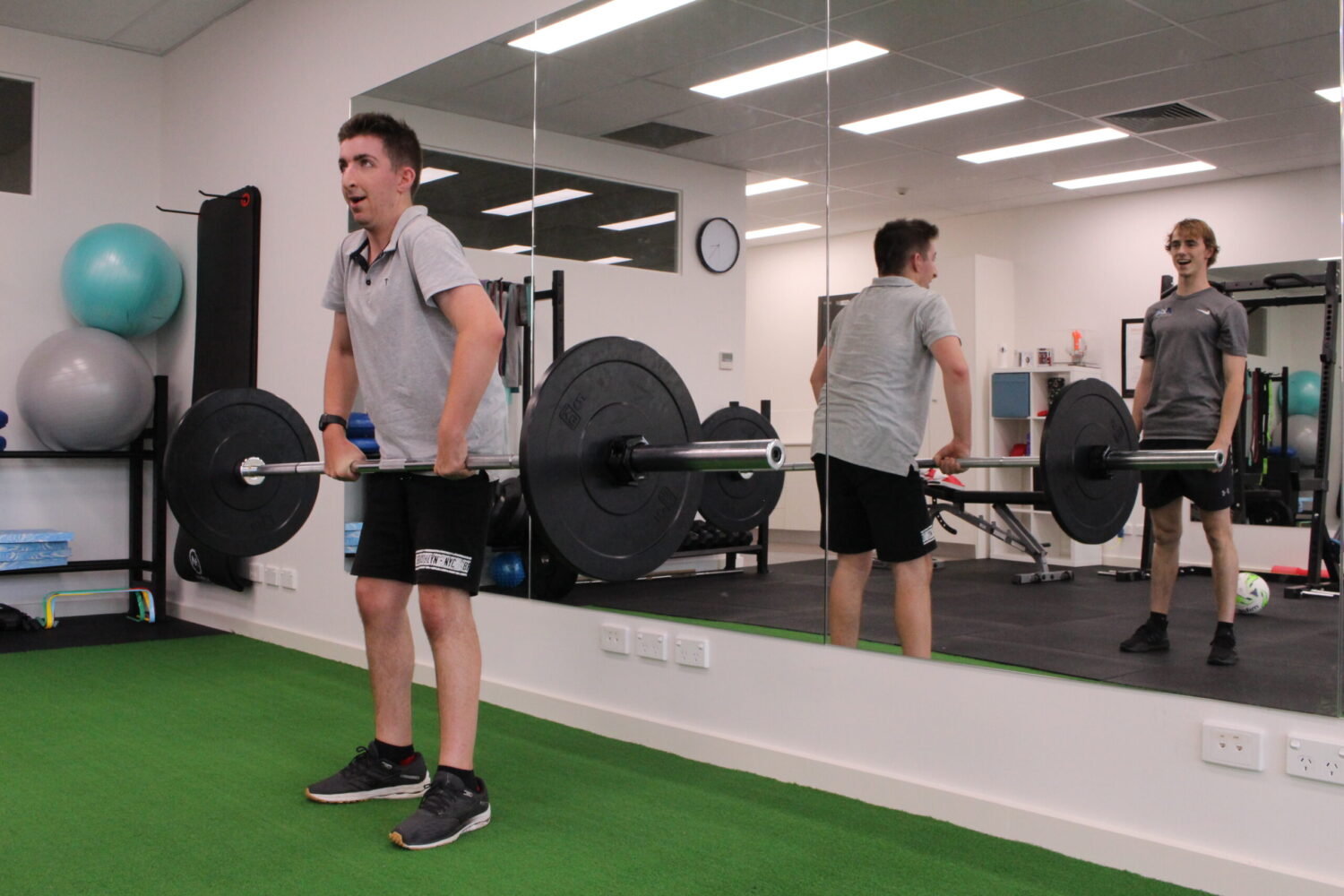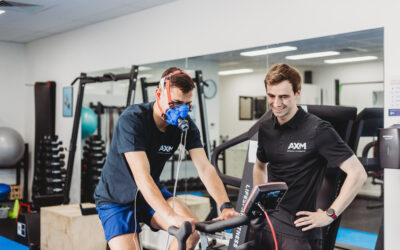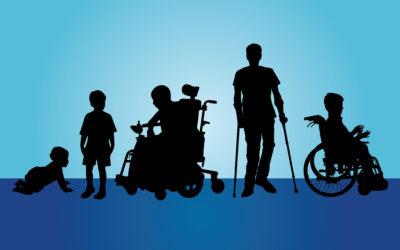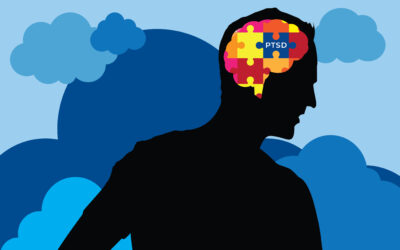STATISTICS ABOUT AUTISM
1 in 150 people in Australia are living with autism spectrum disorder (or just simply, autism) and this number is on the rise. In 2009, 64,000 people had been diagnosed with autism, but in 2015 the Australian Bureau of Statistics’ survey of disability found that number to have increased to 164,000 diagnoses1. Males are more likely to be diagnosed with autism, with some research finding that there appears to be a diagnostic gender bias2. This means that if a female meets the criteria for autism, they are less likely to be diagnosed than a male.
SO, WHAT IS AUTISM?
Autism is a spectrum of developmental disorders that is characterised by challenges with social interaction, behaviour and communication as well as repetitive patterns of behaviour. People with autism will think, feel and interact differently to social situations or their environment. Each person has a unique experience of the condition, with some autistic people being completely non-verbal and only being able to communicate through actions, whereas other people on the spectrum can have very minor challenges that you may never notice. Further, people living with autism often display a type of behaviour known as self-stimulatory behaviour or stimming. Stimming is a type of behaviour that involves repetitive, unusual movements or noises. Stimming is often a way of managing uncomfortable or overwhelming situations for people with autism. Different types of stimming include3:
- hand and finger mannerisms – for example, finger-flicking and hand-flapping
- unusual body movements – for example, rocking back and forth while sitting or standing
- posturing – for example, holding hands or fingers out at an angle or arching the back while sitting
- visual stimulation – for example, looking at something sideways, watching an object spin or fluttering fingers near the eyes
- repetitive behaviour – for example, opening and closing doors or flicking switches
- chewing or mouthing objects
- listening to the same song or noise over and over.
Being aware of different types of stimming is an important step to being able to better interact with people with autism and understand the different challenges that they face daily.
But regardless of their symptoms, people living with autism can still live a very fulfilling life when they have access to the right supports as well as society being inclusive, compassionate and understanding of the challenges that people with autism endure.
HOW DOES EXERCISE HELP SOMEONE WITH AUTISM?
Research has found that exercise reduces symptoms of autism significantly, with one study finding a 37% improvement in symptoms4. These improvements can be in behaviour, academic performance and verbal and non-verbal communication. Further, the general benefits of exercise are hugely important for people with autism. Individually tailored exercise yields excellent physical benefits, with improvements in fitness and strength, better health management and increased motor skills and coordination. These physical improvements can improve the persons quality of life and even increase their capacity to work. Exercise should also be considered for the treatment and management of stimming, with moderate to vigorous exercise being shown to be a helpful tool to help manage and even reduce stimming.
WHAT TYPE OF EXERCISE IS GOOD?
All movement is good movement! For people living with autism finding modes of exercise and movement that they enjoy is the most important thing. If someone finds enjoyment out of an intervention, then they will get more out of it! Ideally combining both aerobic exercise and resistance exercise will lead to the best outcomes, but the challenge is to make it fun and engaging!
When beginning an exercise program, it is important to gradually increase how much and how hard the exercise is. Starting with small bouts of exercise, 2-3 times per week is a good target, with this gradually building up to 30-60 minutes of exercise 5-7 days per week.
Types of aerobic exercise include going on walks, swimming and riding a bike. Resistance exercise includes lifting weights, using resistance bands and other weighted objects to help improve muscle, joint and bone strength. It is also important to incorporate skill-based exercises. These can include jumping, catching, balance and kicking to improve motor coordination and control.
If you would like to learn more about how exercise can help people living with autism, get in touch with one of our expert exercise physiologists today!
